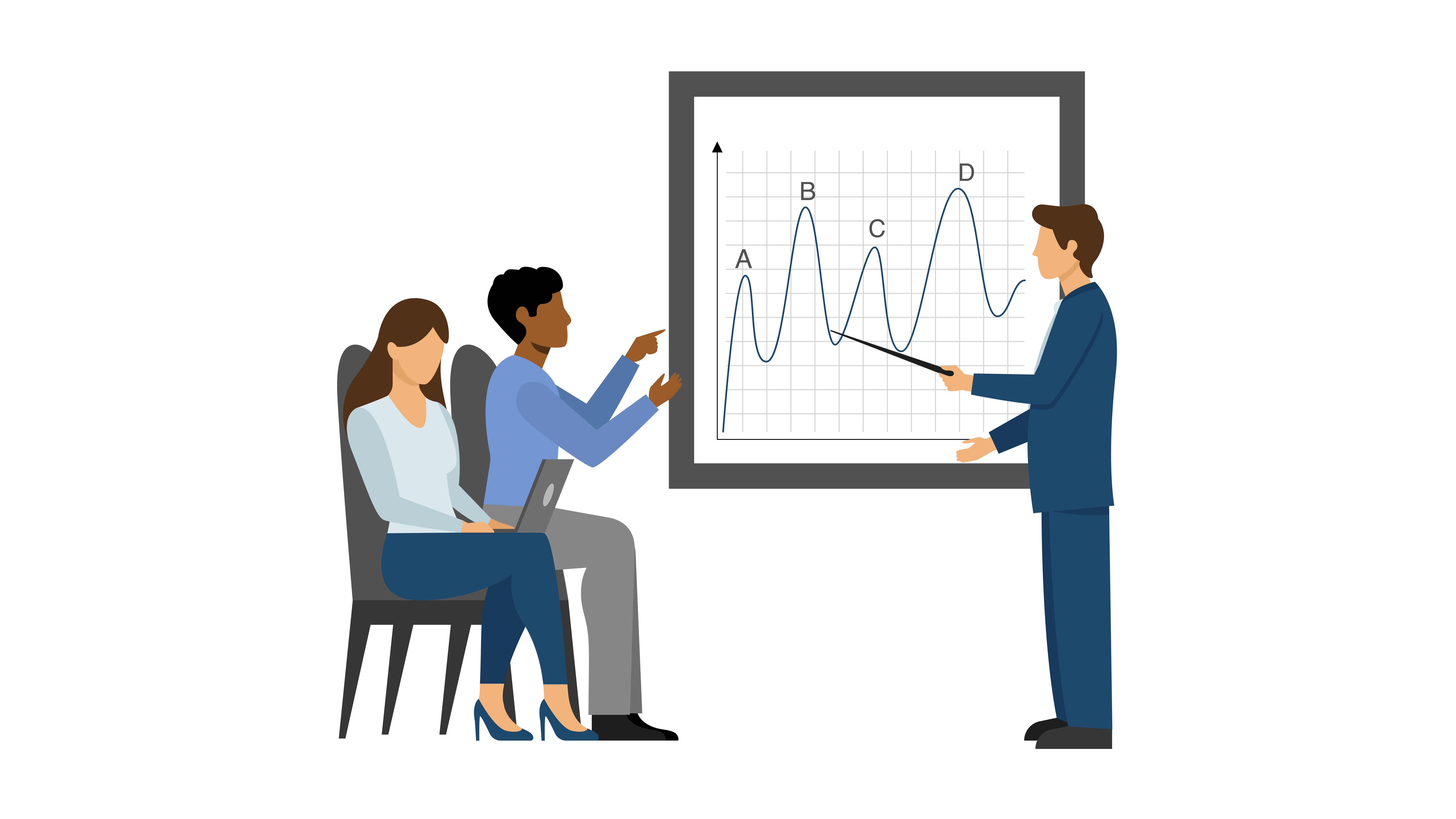All Categories
Featured
Modern businesses require an centralized location for customer data platforms (CDPs). It is a critical tool. These applications provide a better and more complete understanding of the customer that can be used to target marketing and personalize customer experiences. CDPs come with a wide range of features such as data governance, data quality and formatting of data. This lets customers be more compliant in how they are stored, used, and used. A CDP can help companies connect with customers and puts them at the center of their marketing strategies. It can also be used to pull data from various APIs. This article will discuss the benefits of CDPs for businesses.
customer data management platform
Understanding CDPs: A client data platform (CDP) is a software which allows companies to gather data, store and manage data about customers in one central location. This provides a clearer and more complete picture of your customers and allows you to target marketing and personalize customer experiences.
-
Data Governance Data Governance: One of the most important aspects of the CDP is its capacity to categorize, safeguard, and monitor information being added to. This includes profiling, division and cleansing of incoming data. This will ensure that the data is in compliance with regulations and policies.
-
Quality of Data: It is crucial that CDPs ensure that the data collected is of high quality. This means that data must be entered correctly and meet the standards of quality desired. This eliminates the need for storage, transformation, and cleaning.
-
Data Formatting The use of a CDP can also be used to ensure that data adheres to a predefined format. This permits data types like dates to be identified to customer data, and also ensures an accurate and consistent entry of data. consumer data platform
-
Data Segmentation: A CDP also permits the segmentation of customer data in order to better understand various groups of customers. This lets you test different groups against each other and to get the most appropriate sampling and distribution.
-
Compliance The CDP lets companies manage customer data in a manner that is in line with. It permits the definition of security policies, classifying information according to those policies, and even the detection of policy infractions when making marketing decisions.
-
Platform Selection: There is many CDPs available, and it is important to be aware of your requirements before selecting the best one. Take into consideration features like data privacy and the ability to pull data from other APIs. cdp data
-
Put the customer at the Center: A CDP lets you integrate real-time data about customers. This will give you the immediate accuracy, precision, and unity which every department in marketing requires to enhance operations and connect with customers.
-
Chat Billing, Chat, and More with a CDP, it is easy to get the context you require to have a productive discussion, whether it's previous chats or billing.
-
CMOs and big Data: Sixty-one percent of CMOs feel they are not leveraging enough big data, as per the CMO Council. The 360-degree view of customers offered by CDP CDP is a great method to solve this issue and enable better marketing and customer engagement.
With numerous different kinds of marketing innovation out there every one usually with its own three-letter acronym you may wonder where CDPs come from. Despite the fact that CDPs are amongst today's most popular marketing tools, they're not a completely originality. Rather, they're the most recent step in the advancement of how marketers manage client information and customer relationships (What is a Cdp).

For many marketers, the single most significant value of a CDP is its ability to sector audiences. With the abilities of a CDP, marketers can see how a single client engages with their business's different brands, and identify chances for increased customization and cross-selling. Obviously, there's much more to a CDP than division.
Beyond audience segmentation, there are three big reasons that your company might desire a CDP: suppression, personalization, and insights. One of the most interesting things marketers can do with data is recognize customers to not target. This is called suppression, and it becomes part of delivering genuinely tailored customer journeys (What is a Cdp). When a consumer's merged profile in your CDP includes their marketing and purchase data, you can reduce advertisements to clients who've already bought.

With a view of every client's marketing interactions connected to ecommerce information, site gos to, and more, everyone throughout marketing, sales, service, and all your other teams has the opportunity to understand more about each client and provide more personalized, relevant engagement. CDPs can help marketers attend to the source of a number of their greatest everyday marketing issues (Cdp Product).
When your data is detached, it's harder to understand your clients and develop meaningful connections with them. As the number of data sources utilized by marketers continues to increase, it's more crucial than ever to have a CDP as a single source of fact to bring everything together.
An engagement CDP uses customer data to power real-time personalization and engagement for consumers on digital platforms, such as websites and mobile apps. Insights CDPs and engagement CDPs make up the majority of the CDP market today. Extremely couple of CDPs include both of these functions equally. To pick a CDP, your business's stakeholders need to think about whether an insights CDP or an engagement CDP would be best for your requirements, and research study the few CDP choices that consist of both. Marketing Cdp.
Redpoint GlobalLatest Posts
The Role of CDPs in Combining Data from Multiple Sources
The Role of CDPs in Streamlining Marketing Operations.
CDPs and the Role of Data Governance in Reducing Risk